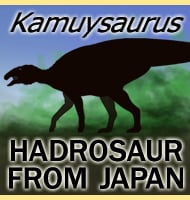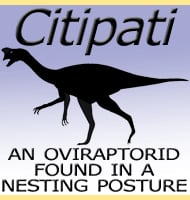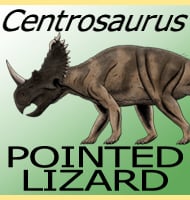Yimenosaurus
In Depth Yimenosaurus is one of the more popular sauropodomorph dinosaurs thanks to the large number of fossils from several individuals that make up the genus. At the time of writing the only uncertainty concerning Yimenosaurus are the limbs, which have a distinct lack of representation. Yimenosaurus is also known to have easily attained sizes … Read more


